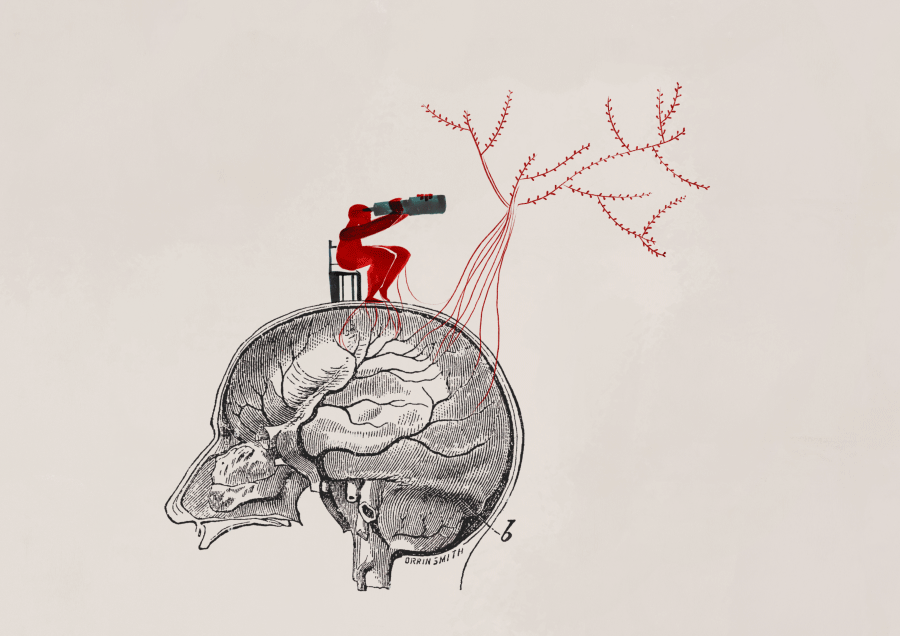
“Without the person of outspoken opinion, however, without the critic, without the visionary, without the nonconformist, any society of whatever degree of perfection must fall into decay. Its habits (let us say virtues) will inevitably become entrenched, tyrannical; its controls will become inaccessible to the ordinary citizen.”
— Ben Shahn
Great art often emerges from tumultuous times. Similarly, it is during difficult times that society turns to the artists or art for inspiration, creative thinking, imagination or even for distraction.
We seem to be in such times where we need artists to join our causes. But with this encounter, questions arise: are we seeking to be challenged out of our comfort zones or do we simply want to make our work look better? Are we not, most likely, instrumentalising the artist?
Perhaps this is provocative, or even self-sabotaging, but these questions deserve contemplation and investigation. One theory may be that many of us who work in the NGO or activist spaces think of ourselves as nonconformists: we work to change the system, to challenge the status quo.
But in reality, most of us – and most of our organisations – are almost at all times, playing by the rules of the status quo. Which means we are part of the status quo. The artist, on the other hand, is almost always a nonconformist. So beyond making our work look nicer, one reason why we need the artist is to feel like we are close to the real nonconformists.
In doing so, are we not at risk of losing greater impact and more honest connections? Perhaps if we can better understand the role of the artist in society, we may imagine more interesting ways of collaborating with them.
If we look to History, past and present, we can identify about four different roles that artists may play. First, they usually have an ability and an outlet to express emotions that many of us do not know how to express, or for which we may not have an outlet. In a world that relies too heavily on the rational, the knowledge-only approach to life and ignores the senses, the artist can become a sort of translator. Ben Shahn said we needed art “to remind man from time to time that he is human.”
The artist also plays the role of historian, documenting what is happening in society beyond the superficial, providing a critical voice and giving us a sense of what things were really like, giving us an insight into what people were actually thinking, what they were feeling; not just what happened on a specific date, who won, or who had the last word.
A third role is to reveal the truth, to help us see what we cannot see, or as Arthur Miller said “what we have chosen to forget.” This can have the effect of liberating us from our assumptions, opinions and judgements. The power of this role and its effect might become a threat to those in power, which is why artists are often the first ones to be silenced, imprisoned or exiled.
And finally, artists are nonconformists. They are often removed from mainstream thinking and can provide society with another vision of the world, to show us how things could be, they can help us think differently and imagine a better world.
Ben Okri believes artists must urgently engage with the environmental catastrophe that is upon us and calls for a new philosophy for our time, something he calls ‘existential creativity,’ a creativity where we must be strong dreamers and ask the unthinkable questions about how we live.
“We have to find a new art and a new psychology to penetrate the apathy and the denial that are preventing us [from] making the changes that are inevitable if our world is to survive. We need a new art to waken people both to the enormity of what is looming and the fact that we can still do something about it,” he wrote.
To him, it means everything he writes will be directed towards drawing attention to the situation in which we find ourselves. And it’s an invitation to others to follow.
The artist’s role is not to decorate our work, but to illuminate our world. It is not to entertain us, or reassure us, but to remind us of what is important; in the words of Toni Cade Bambara, “the role of the artist is to make the revolution irresistible.”
Words, Veronica Yates and illustration, Miriam Sugranyes
See also: The Function of Art / The Art of Questioning / Poetry as Strategy / Seeing with New Eyes
For references and further resources, visit our inspiration page.
Meet the Artists
Ben Shahn, (1898 – 1969) was a Lithuanian-born American artist and member of the Social Realist movement. His expressive figurative paintings, murals, and posters were inexorably tied to his pursuit of social justice and lifelong activism within leftist political beliefs.
Arthur Miller (1915 – 2005) was an American playwright, essayist and screenwriter in the 20th-century American theatre. Among his most popular plays are All My Sons, Death of a Salesman, The Crucible, and A View from the Bridge.
Ben Okri (born in 1959) is a Nigerian-British poet and novelist. He is considered one of the foremost African authors in the post-modern and post-colonial traditions, and has been compared favourably to authors such as Salman Rushdie and Gabriel García Márquez. In 1991, Okri won the Booker Prize with his novel The Famished Road.
Toni Cade Bambara, (1939 – 1995), was an African-American author, documentary film-maker, social activist and college professor. Bambara’s influence for her writings came from the streets of New York, where she experienced the teachings of Garveyites, Muslims, Pan-Africanists and Communists against the backdrop and the culture of jazz music.
[Sources: Artnet, Wikipedia, Blackpast.org]
